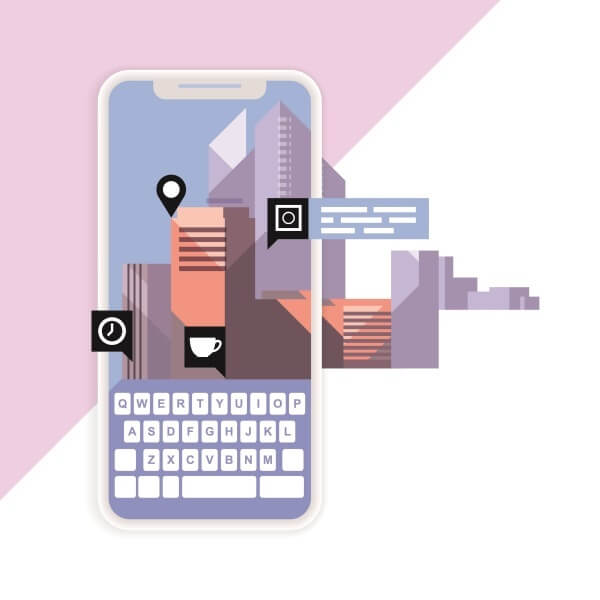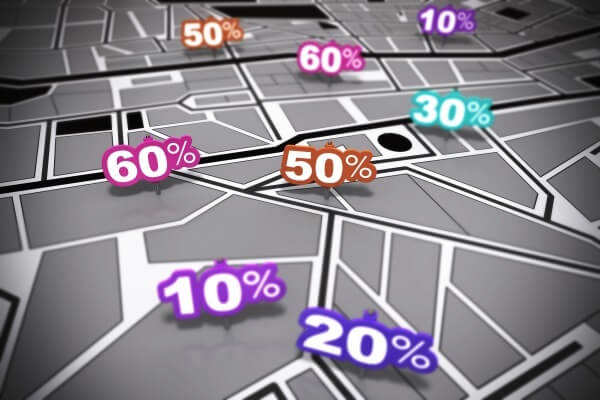How Geotargeting Gives Your Consumer Data More Value
Thanks to geotargeting, the consumer data you collect and maintain has way more value than you may have thought.
It's a challenge to keep up with changing marketing strategies and to learn new ones. Today, businesses can harvest a wealth of information about their customers that they can analyze for trends and insights. The more you know, the better the marketing strategies you can devise. The ability to focus your marketing efforts on selling the products and services you offer to customers you know are looking for them is invaluable.
Simply having the data, however, isn't enough. Once you acquire it and analyze it, you need to put it to use. Geotargeting is one dynamic way to make your data work for you.
What Can Geotargeting Do For Your Business?
As an example, consider a business selling organic makeup. In gathering the required data, the owner sees trends among the customers who buy her products, like their age or occupation.
When particular items sell well, even more attention is paid to that data. The owner may notice a shell pink shade of lipstick is very popular. In gathering information from the purchases, the owner will attain two key pieces of information.
- Age: The owner will have an age range of the consumers buying that lipstick so she can tailor her marketing efforts accordingly.
- Location: The owner will know how to reach these customers online and by their physical location.
Armed with that information, you can sometimes determine other details. Where do they research the products or services they are interested in? Do these customers live in the city or a rural area? What areas do they visit most often?

Targeting Consumers With Geofencing
Geotargeting is a marketing method that involves delivering content to consumers based on their geographic location and other known demographics. The information gathered can help you use geotargeting to greatly strengthen your marketing efforts. By discovering where your consumers live from their demographic data, you can establish geofences that are precise and highly effective.
Rather than widely targeting everyone in a region or city with a big population, you can focus on neighborhoods and business areas that your consumers often visit. Geofencing uses GPS or radio-frequency identification (RFID) to establish geographic boundaries. When a mobile device enters or leaves the boundary, it triggers software used to deliver content to that device's user.

What are the Benefits of Geofencing?
Using geofencing, you can send out content that's personalized as opposed to generic. It gives you the ability to send custom content to users based on their location.
It can be set up to benefit your physical store. You can offer customers special discounts when they visit your store or come within close proximity. The offers can be crafted using great specificity and will encourage your customers to return.
Geotargeting also gives you the ability to directly target specific groups. If you wanted to offer a discount on the popular lipstick to college students for the move-in weekend, you could set up push notifications to send them offer details when they enter or leave the university campus.
Your demographic data, when combined with geotargeting, can be used to greatly boost your marketing efforts and help grow your business. The time to get on board with this dynamic new strategy is now. By using proven services like IP Geolocation API, you can easily implement geotargeting to boost your business and your bottom line.




































